Directions (1-5): Study the following information carefully and answer the questions accordingly.
A certain number of people sit around a circular table facing the center. H sits fourth to the left of T. W and T are not immediate neighbors. W sits seventh the right of T. More than one person sits between H and W when counted from the right of H. F sits fourth to the right of W. F is not an immediate neighbor of H and T. At most thirteen people sit in this arrangement. Three people sit between J and F. W and H are not immediate neighbors.
Reasoning Quiz For IDBI AM/Executive 2022 3rd June CHECK IN HINDI
Q1. How many people sit in this arrangement?
(a) 11
(b) 13
(c) 10
(d) 12
(e) None of these
Q2. Who sits second to the left of T?
(a) W
(b) H
(c) F
(d) J
(e) No one
Q3. How many people sit between H and W when counted from the left of H?
(a) Three
(b) Two
(c) Four
(d) One
(e) None of these
Q4. What is the position of J with respect to W?
(a) Fifth to the left
(b) Fourth to the right
(c) Second to the left
(d) Sixth to the right
(e) None of these
Q5. Find the correct statement/statements from the following?
I. One person sits between H and F.
II. J sits second to the right of T.
III. One person sits between W and H.
(a) Both I and III
(b) Only I
(c) Only II
(d) All are correct
(e) None is correct
Directions (6-10): Study the following information carefully and answer the questions accordingly.
Eight people sit around a square table. Four of them sit at the corners facing inside and the remaining four sit at the sides of the table facing outside. L does not sit at the corner. Two people sit between C and L. F sits second to the right of C. G sits third to the left of F. J sits second to the right of G. V sits second to the right of Z who is not a neighbor of O.
Q6. Who is the only person sits between C and V?
(a) F
(b) J
(c) O
(d) G
(e) None of these
Q7. Who among the following are neighbors?
(a) F, V
(b) G, O
(c) V, J
(d) C, Z
(e) None of these
Q8. If all of them are made to sit alphabetically starting from C (excluding C) in a clockwise direction, then how many of them will remain at their same places?
(a) Three
(b) One
(c) Four
(d) Two
(e) None
Q9. Find the correct statement from the following?
(a) J sits opposite to F
(b) O is neighbor of L
(c) G sits second to the left of the one who sits immediate left of L
(d) V sits immediate right of G
(e) None is correct
Q10. Four from the following are similar in a certain way and forms a group. Find out the one which does not belong to that group?
(a) C, G
(b) J, V
(c) F, L
(d) Z, L
(e) G, F
Directions (11-15): In each of the questions below few statements are given followed by few conclusions. You have to take the given statements to be true even if they seem to be at variance with commonly known facts. Read all the conclusions and then decide which of the given conclusions logically follows from the given statements, disregarding commonly known facts.
Q11. Statements: Only a few Science are Chemistry. No Computer is Chemistry. Some Computer is Hindi.
Conclusions:
I. All Science can be Computer.
II. Some Computer are Science.
(a) If only conclusion I follows.
(b) If only conclusion II follows.
(c) If either conclusion I or II follows.
(d) If neither conclusion I nor II follows.
(e) If both conclusions I and II follow.
Q12. Statements: Only a few Lucknow are Noida. No Noida is Punjab. Only a few Gurugram are Bihar. No Bihar is Lucknow.
Conclusions:
I. Some Noida are Gurugram.
II. No Gurugram are Noida.
(a) If only conclusion I follows.
(b) If only conclusion II follows.
(c) If either conclusion I or II follows.
(d) If neither conclusion I nor II follows.
(e) If both conclusions I and II follow.
Q13. Statements: Some Tables are Mats. Only a few Beds are Sofa. Only a few Sofas are Chairs. No Chair is Table.
Conclusions:
I. No Chair is Bed.
II. All Sofa can never be Tables.
(a) If only conclusion I follows.
(b) If only conclusion II follows.
(c) If either conclusion I or II follows.
(d) If neither conclusion I nor II follows.
(e) If both conclusions I and II follow.
Q14. Statements: Only a few Cars are Buses. No Bus is Red. Only a few Buses are Autos. Only a few Autos are Cycles.
Conclusions:
I. Some Autos can never be Car.
II. All Autos being Bus is a possibility.
(a) If only conclusion I follows.
(b) If only conclusion II follows.
(c) If either conclusion I or II follows.
(d) If neither conclusion I nor II follows.
(e) If both conclusions I and II follow.
Q15. Statements: Only a few pots are Plastic. Some Plastic are toy. No toy is Soft.
Conclusions:
I. Some pots are not Plastic.
II. Some pots are not Soft.
(a) If only conclusion I follows.
(b) If only conclusion II follows.
(c) If either conclusion I or II follows.
(d) If neither conclusion I nor II follows.
(e) If both conclusions I and II follow.
Solutions
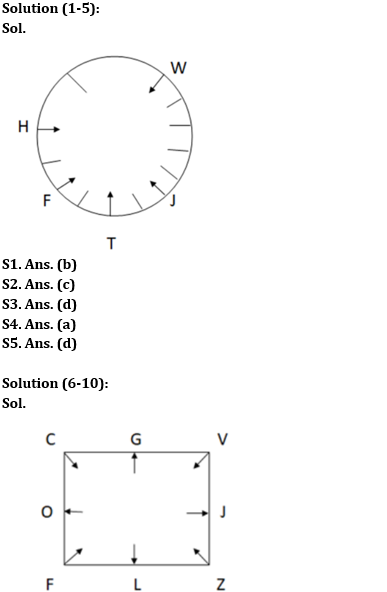
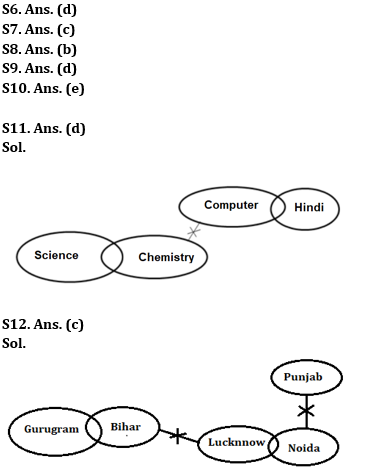
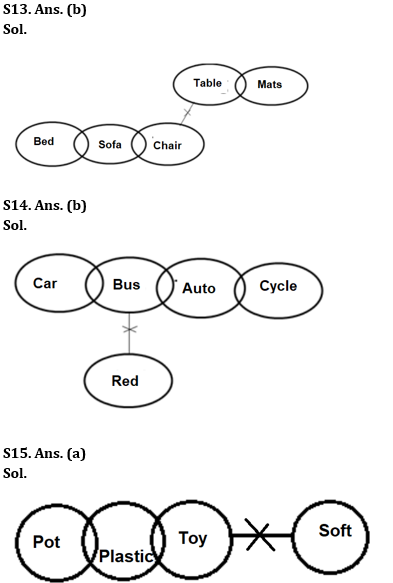


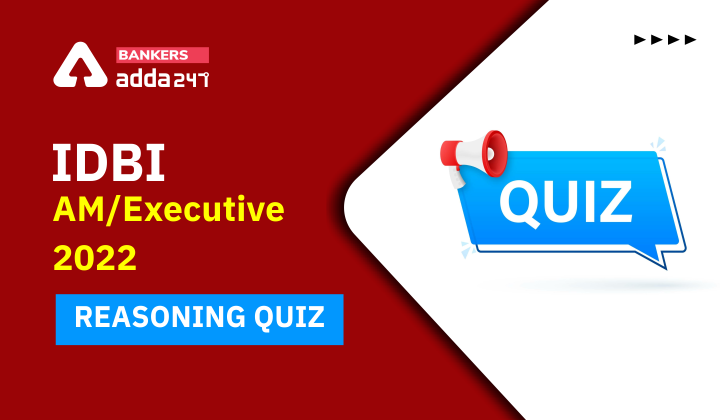
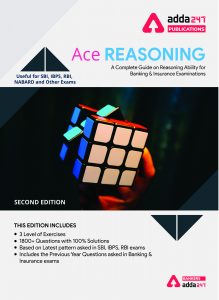

 GA Capsule for SBI Clerk Mains 2025, Dow...
GA Capsule for SBI Clerk Mains 2025, Dow...
 The Hindu Review October 2022: Download ...
The Hindu Review October 2022: Download ...
 GA Questions Asked in Indian Overseas Ba...
GA Questions Asked in Indian Overseas Ba...


